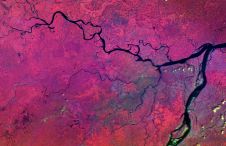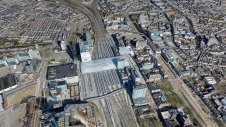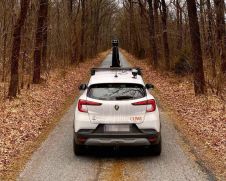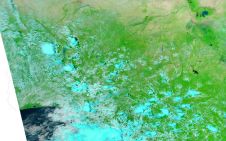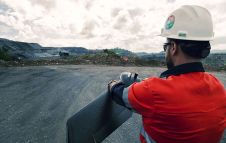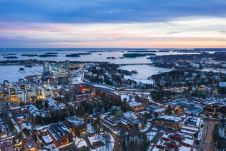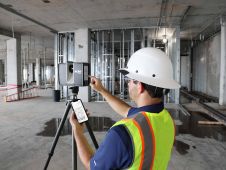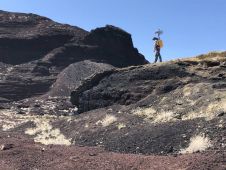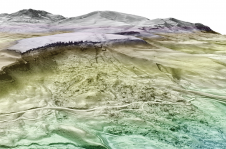Earth Observation from Global Land to Urban Systems: Retrospect and Prospect
持续的全球城市化和相关vironmental impacts have caught great attention in the remote sensing community and beyond. Earth observation technology, in conjunction with in situ data collection, has been used to observe, monitor, measure and model many of the components that comprise urban environmental systems and ecosystems cycles for decades. There are a number of satellite remote sensing systems capable of imaging urban areas to the details needed for global assessment of urban systems. More capable satellite systems suited for establishment of a global urban observatory are under development and will be launched in the near future. International collaboration is needed to produce consistent global maps of human settlements from various data sources, to validate data products, and to provide harmonised information through a common land cover classification system for urban areas. To achieve this, the Group on Earth Observation (GEO) has developed a global land (SB-02) and a global urban observation (SB-04) task. Both tasks have been proposed to be included in the GEO 2016-2025 work plan.
We should create opportunities to discuss synergies in datasets, products, resources, applications, benefits and future activities and goals between the two tasks and encourage interested researchers to join GEO. Several global land cover datasets have been developed. The utility and merits of those datasets for mapping, assessing and monitoring global urban areas deserves to be explored. It is also be fitting to explore how existing urban datasets can be used to enhance and integrate into global land cover mapping.
The following science questions come in mind:
- Based on the lessons learnt from global land cover mapping, how can the requirements be defined for global urban mapping, assessment and monitoring in terms of data products and expectations for data validation, archiving, update and sharing?
- How do existing global land cover datasets help to create a global urban morphological database for urban land change monitoring / assessment and climate modelling?
- How can urban indicators be developed by linking EO data and global land cover data products with socio-economic and in-situ data to improve knowledge of urban ecosystems, environments and sustainable cities?
- What contributions can global urban data products make to enhance global land cover mapping?
This would just be an introduction to the themes session and provides important insights into the existing practices, problems and future prospects.
Dr.Qihao Wengis a Full Professor and Center Director at Indiana State University, USA. Currently, he serves as an Editor-in-Chief ofISPRS Journal of Photogrammetry and Remote Sensing, as well as the Series Editor ofTaylor & Francis Series in Remote Sensing Applications, and Coordinator of GEO’s Global Urban Observation and Information Task. Dr. Weng has received several significant awards, including a Senior Fellowship from National Aeronautics and Space Administration in 2008, Outstanding Contributions in Remote Sensing Award in 2011 and the 2015 Willard and Ruby S. Miller Award, both from Association of American Geographers. Dr. Weng is the author of 180 articles and 9 books, with Google-Scholar Citations of 8248 and H-index of 43. He has given 90 invited talks worldwide, including keynote addresses, public speeches, colloquia and seminars. He is the Organizer and Program Chair of biennial International Workshop on Earth Observation and Remote Sensing Applications, a committee member of 22 International Conferences, and an editorial board member of 10 journals.
Make your inbox more interesting.Add some geo.
Keep abreast of news, developments and technological advancement in the geomatics industry.
Sign up for free

